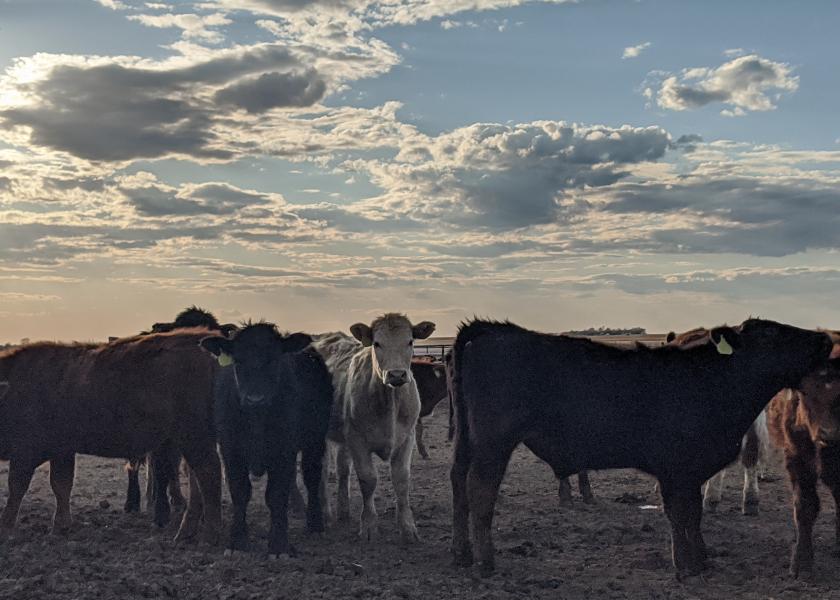U.S. Feeder Cattle Exports Significantly Influenced by Demand for Proven Genetics

“The power of the pedigree is what drives the interest in U.S. demand,” said Tony Clayton, Clayton Agri-Marketing Inc. president. Clayton gave his presentation titled “U.S. Genetic Exports: Where Are They Going and How Are They Doing?” during the Beef Improvement Federation (BIF) Symposium June 3 in Las Cruces, New Mexico.
Clayton explained the impact of exporting U.S. feeder cattle to open new marketing opportunities that increase profitability and particular obstacles producers face when exporting feeder cattle.
Drivers of U.S. cattle export demand
The export market is driven by population growth, urbanization and expanding economies. The main driver is population growth and people drive the demand for agricultural products. The current demand is protein, meat and milk. This increased demand has opened the market for the genetics produced in the United States. U.S. genetics are a value-added product thus, international producers want to adopt U.S. genetic systems. He explained the years U.S. producers and breed associations have spent performance testing and developing expected progeny differences (EPDs) and genomics, has producers around the world looking to the U.S. as a leader in production of all species. Pedigrees of U.S. produced cattle have immense power to continuously strengthen the demand and export market.

“I explain to a lot of our clients that buying genetics with high genomics and EPDs is like buying a car. If you want the sunroof, it costs money. If you want the aluminum wheels, they cost money. We have a lot of misinformation out there and we work with clients to educate them on our genetic systems,” Clayton said.
Know your cattle, have a marketing plan
Developing a market to export your cattle requires intense promotion, a large supply of cattle, available financing, following government regulations, understanding logistics and being able to manage risks. You must know your limitations. What can you supply, deliver, finance, and guarantee? Know your products, customers and suppliers. Producers must implement animal identification systems and an animal welfare program to increase prices of their cattle.
“When I go to a new country, I would plan for it to take three years before I make a sale. This business requires patience,” Clayton discussed.
U.S. feeder cattle exports
The export of U.S. feeder cattle is influenced by the demand from Asia and the Mid-East for protein. China continues to import cattle from the southern hemisphere taking a large supply of the world market to Indonesia, Egypt and Israel. However, there are many obstacles for feeder cattle exports. The U.S. must have a large supply of cattle to be exported and remain competitive, there is a lack of livestock export facilities on both coasts for large shipments, and specific geographical health requirements can prevent certain regions from exporting feeder cattle.
“Another obstacle is customers in the Mideast only want to feed bulls, they will not feed a steer. It will be interesting to see if they put these ethic specifications aside in the future to buy steer calves from the U.S. and not bulls from South America,” Clayton added.
Watch Clayton’s full presentation. For more information about this year’s Symposium and the Beef Improvement Federation, including additional presentations and award winners, visit BIFSymposium.com.







